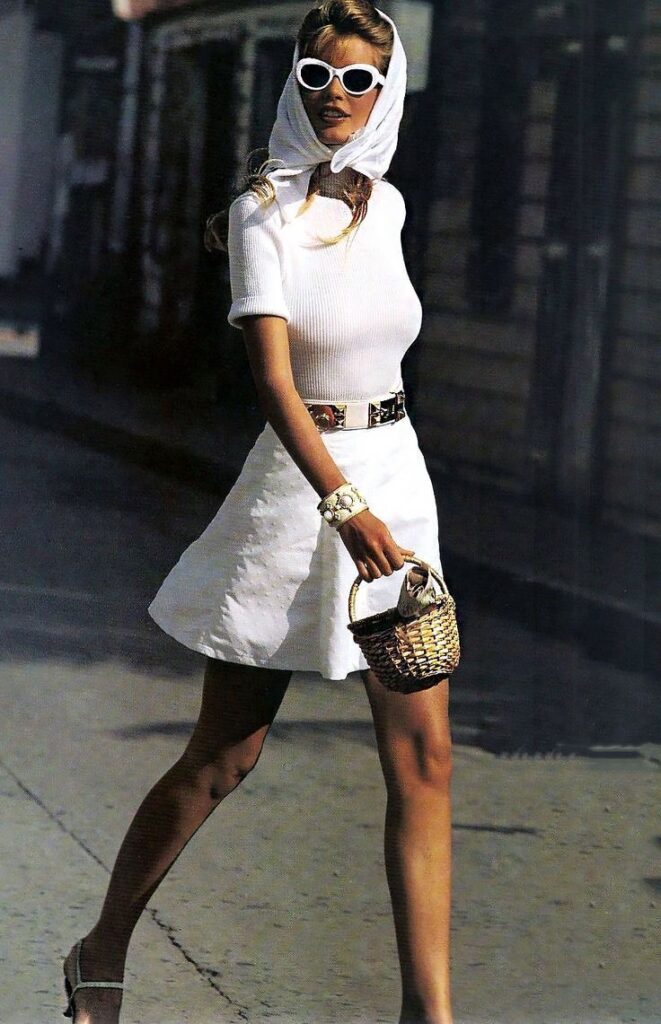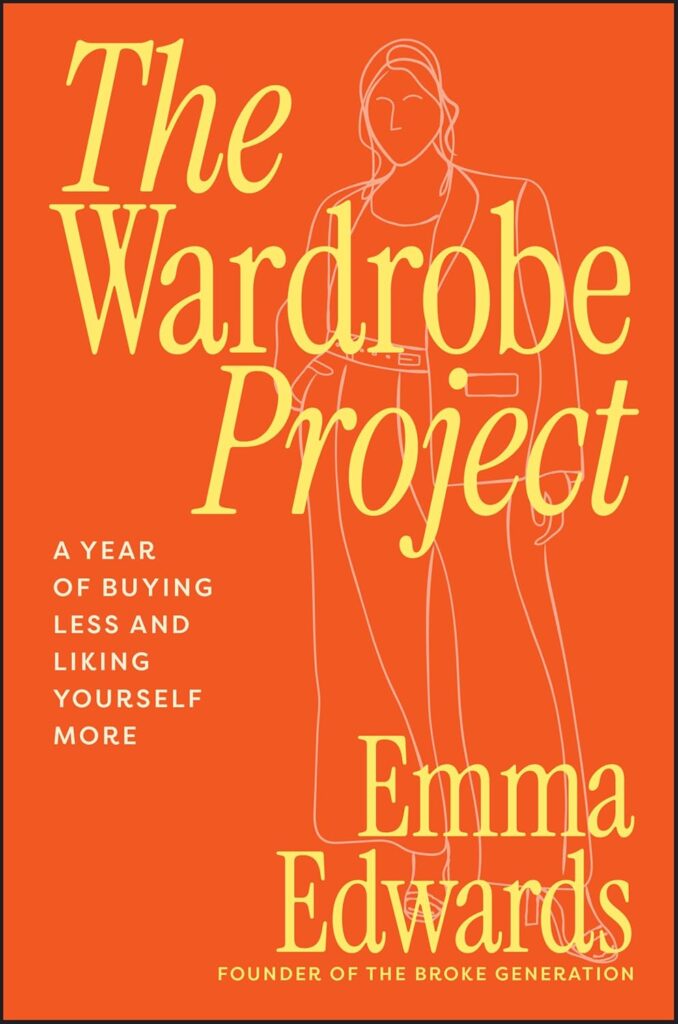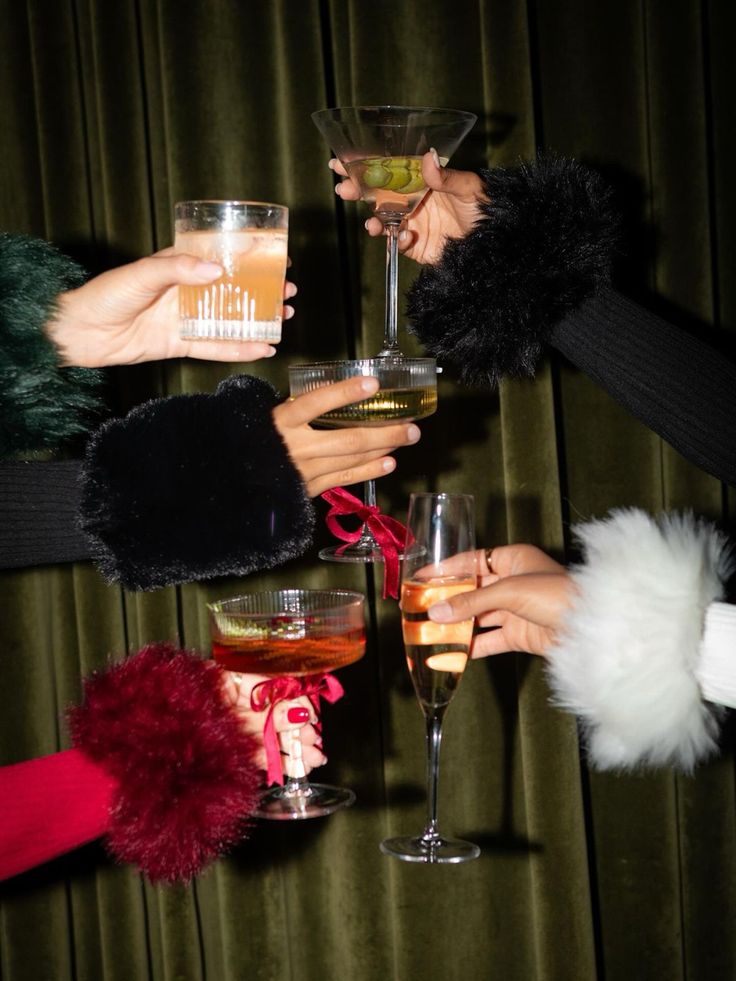Editorial fashion photography serves as a powerful mirror to the world around us, shaped by social movements, politics, technology, and culture. They do more than simply showcase clothing – they capture the essence of the moment, telling stories that reflect the mood of the times. For decades people have turned to the pages of magazines to find their inspiration or even escape the struggles of day to day life.
The Intersection of Streetwear and High Fashion
In the 1960s, photographers like William Klein changed the trajectory of print fashion. Equipped with a 35mm film camera, Klein experimented with urban landscapes, capturing his models using unconventional techniques such as blurred motion, shooting into the sun, and dynamic compositions to create bold, gritty, street-style imagery. The fashion of the 1960s fully embraced the spirit of the era, drawing from hippie, psychedelic, and space-age influences. This was reflected in the styling of the time, with bright colours, bold patterns, and avant-garde designs that showcased the wild, expressive energy of the decade.
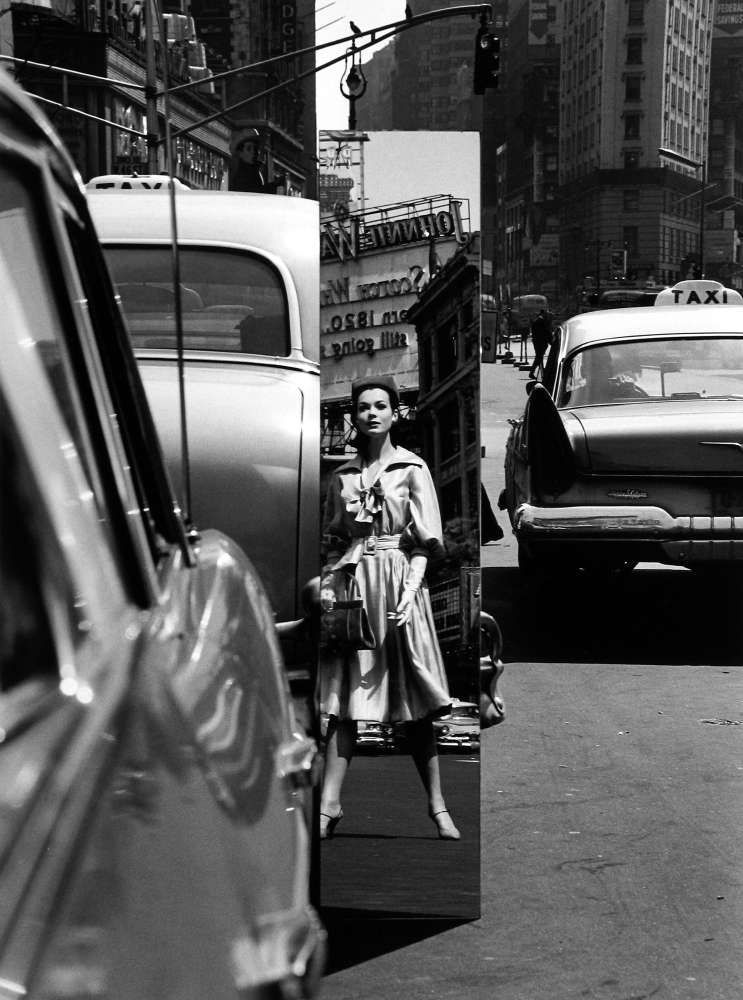
William Klein’s 1962 Times Square Vogue shoot: fashion collides with the chaos of the city, blurring the line between glamour and grit. Image credit: Vogue archive
In the 1970s, photographer Arthur Elgort pushed creative boundaries by rejecting the era’s trend of portraying women as purely seductive. Instead, he showcased women in powerful, stylish looks that reflected independence and strength, showing that it was possible to raise a family, pursue a successful career, and look stylish all at once. His work aligned with a growing desire for more relatable models who embodied natural beauty and health. As fashion embraced this shift, ready-to-wear collections rose in popularity, led by designers like Halston and Yves Saint Laurent.
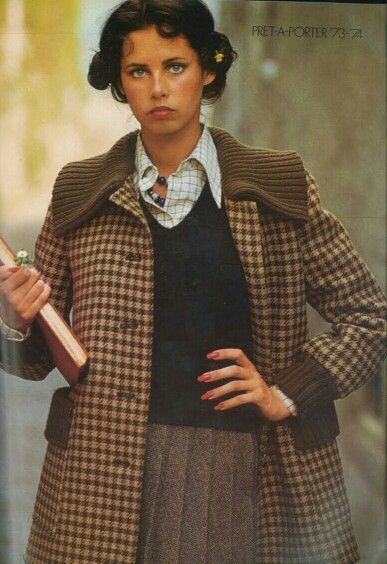
Dayle Haddon for Vogue Italia, 1973 — Arthur Elgort’s natural lens captured women as confident, modern, and effortlessly stylish. Image credit: Pinterest
In the 1980s, booming economies in the USA, Great Britain, and Japan led to a rise in extravagant clothing and jewellery as symbols of wealth. Designers began to rethink gender roles in fashion, portraying female bodies as athletic and strong to communicate independence and power. Photographers like Herb Ritts and Bruce Weber pushed boundaries by exploring male sexuality, especially in fashion advertising, challenging traditional representations.
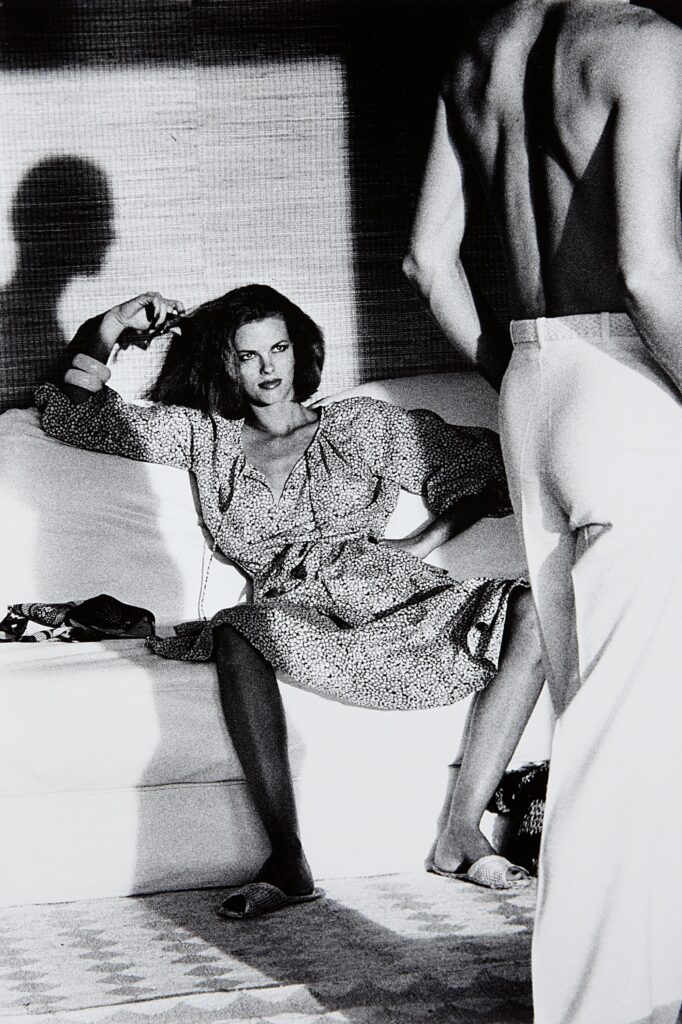
Woman Examining Man, Saint Tropez 1975, negative 1975, print about 1984; Helmut Newton, gelatin silver print. Image credit: e-flux.com
In the 1990s photographers such as Corrine Day played with harsh lighting and gritty realism to show the grunge movement of the 90s. She played into dark motifs such as “heroin chic” using Kate Moss as her muse making her look sickly washed out, and thin. Small cutting edge magazines became popular pushing trends from the street, which fuelled the digital age.
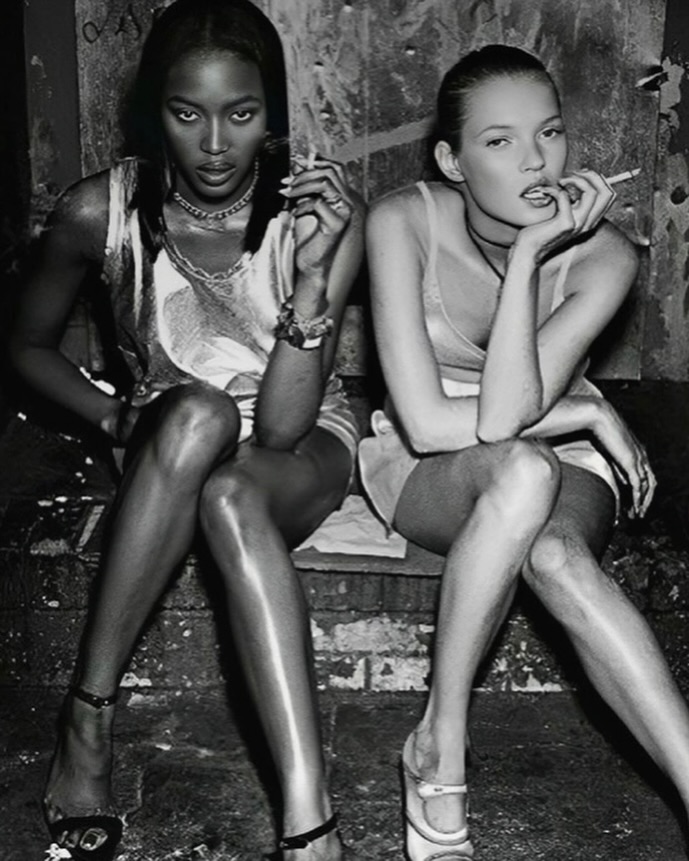
Naomi Campbell and Kate Moss at London Fashion Week, 1993. Image credit: i-D Magazine
In the 2000s, the rise of fashion blogs, Instagram, and Snapchat revolutionised the fashion world, flooding us with endless content. This shift challenged traditional fashion photography, but it also empowered fashion enthusiasts to carve out their own spaces. Personal style became a gateway to real careers, shifting the dynamics of who gets a voice in the industry. For the print industry, this digital explosion has forced a redefinition of its role, as magazines must now navigate the balance between timeless, curated editorial content and the fast-paced, ever-evolving landscape of online platforms.
As a result, the print industry has had to evolve, embracing digital influences while still holding on to its curated, high-quality roots. Fashion photography in print now faces the challenge of standing out amidst the rapid-fire content on social media. However, the unique power of print lies in its ability to offer a more immersive, thoughtful experience, one that slows down the frenzy of the digital world. Print editorials have become a space where photography can be treated as an art form, with the capacity to tell complex stories and make bold statements that resonate deeply with readers. While digital platforms provide immediacy, print maintains a sense of permanence, allowing fashion photography to preserve its legacy as a form of cultural storytelling.
Read more of our Fashion & Style articles here.

